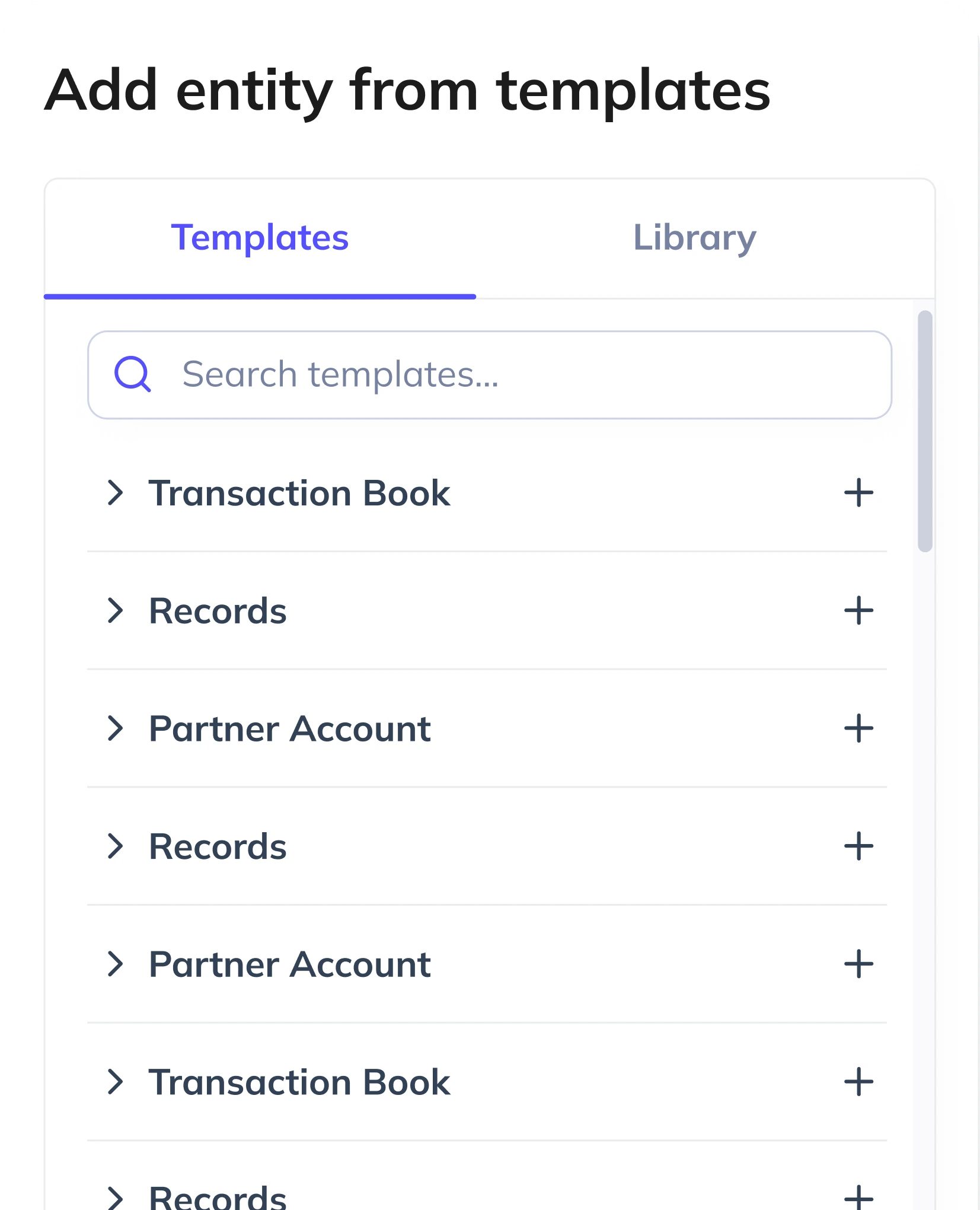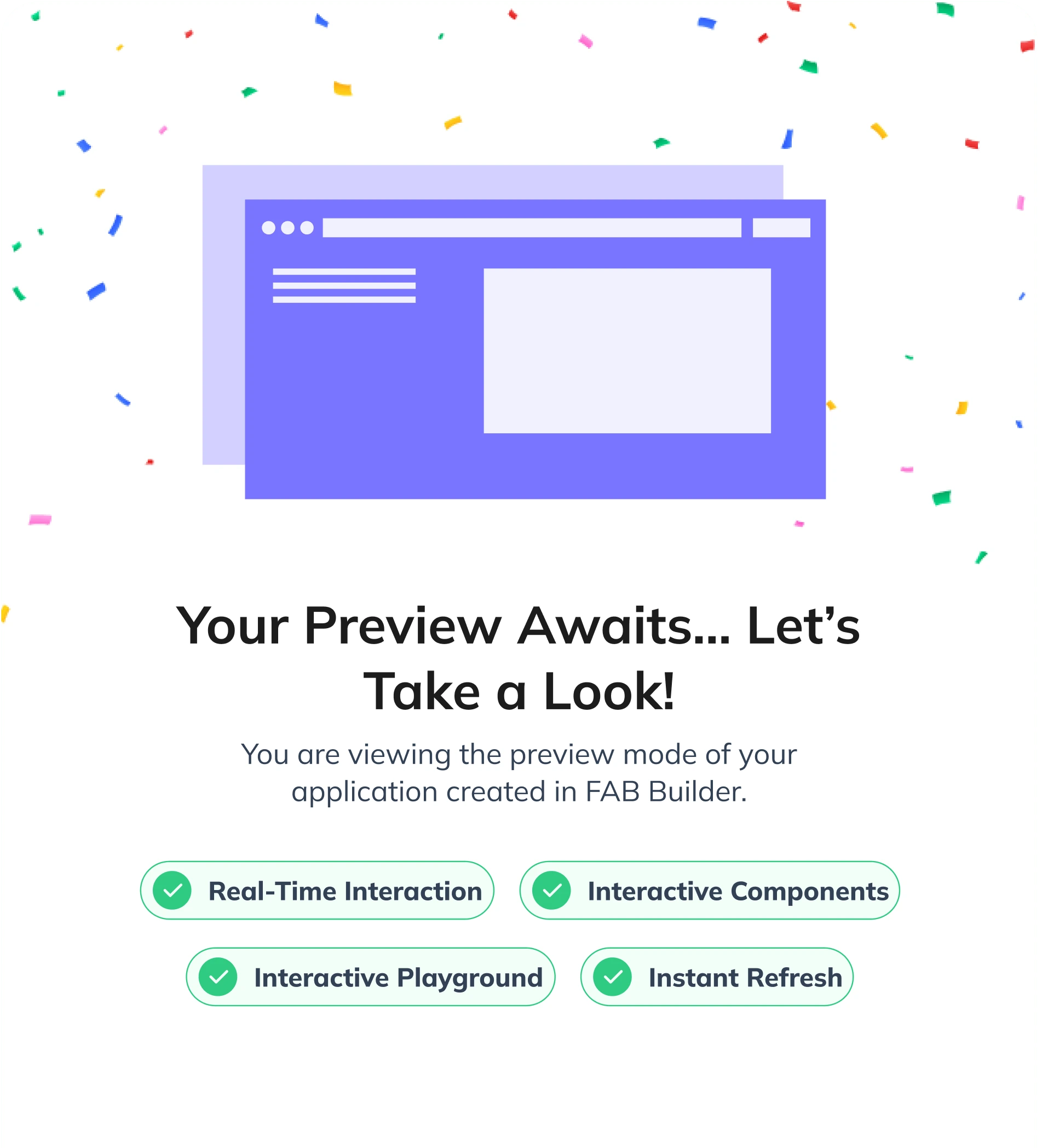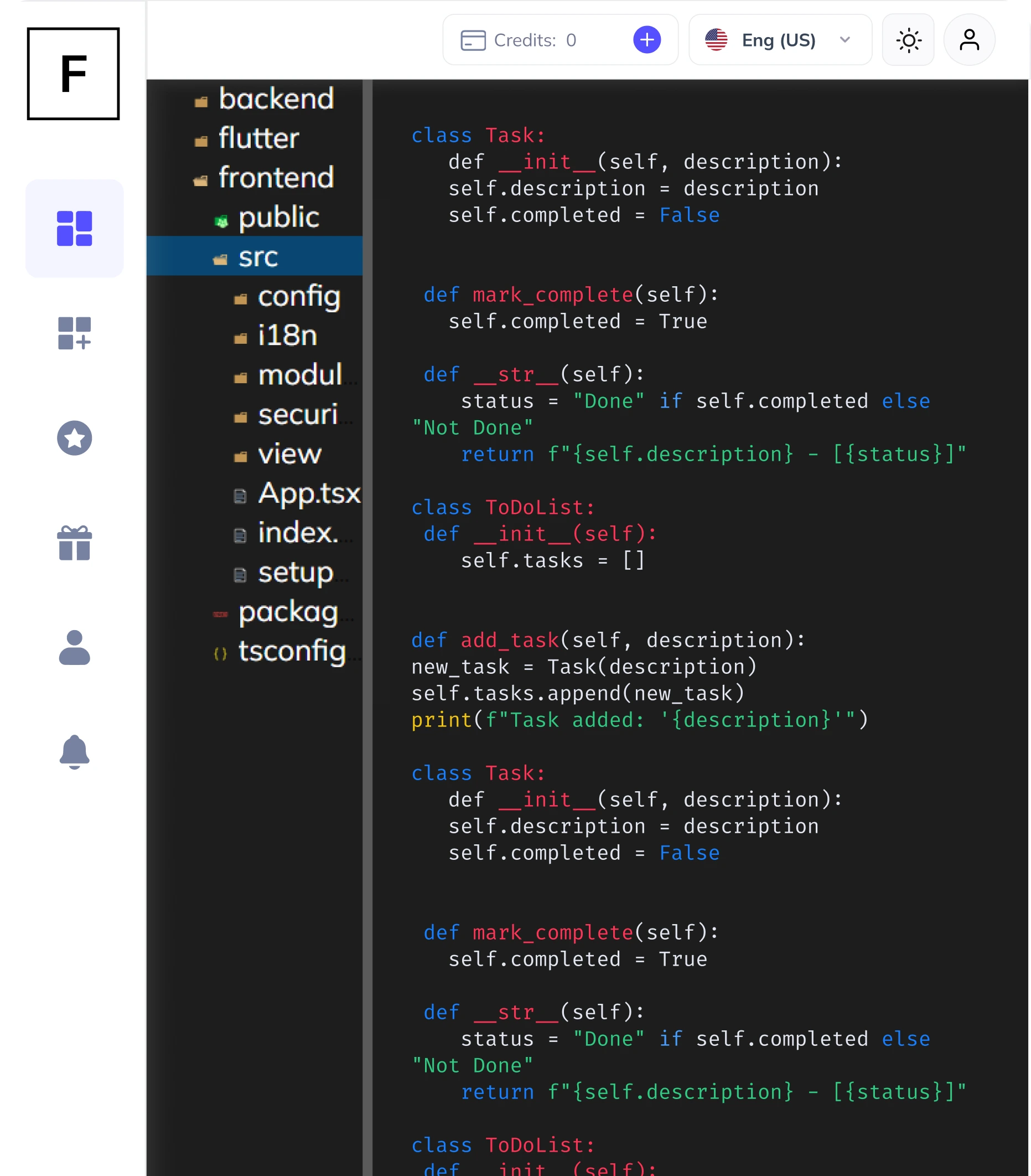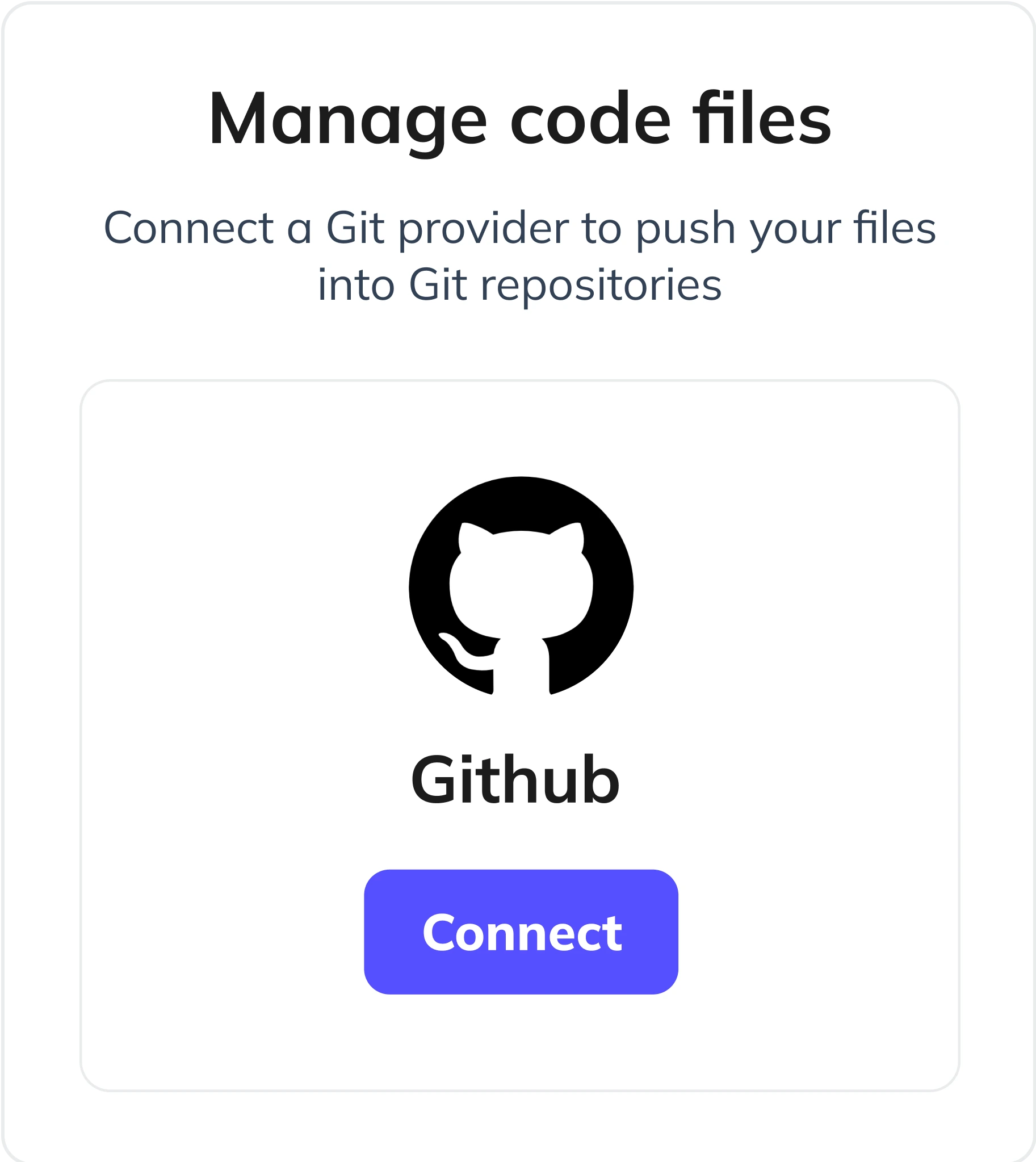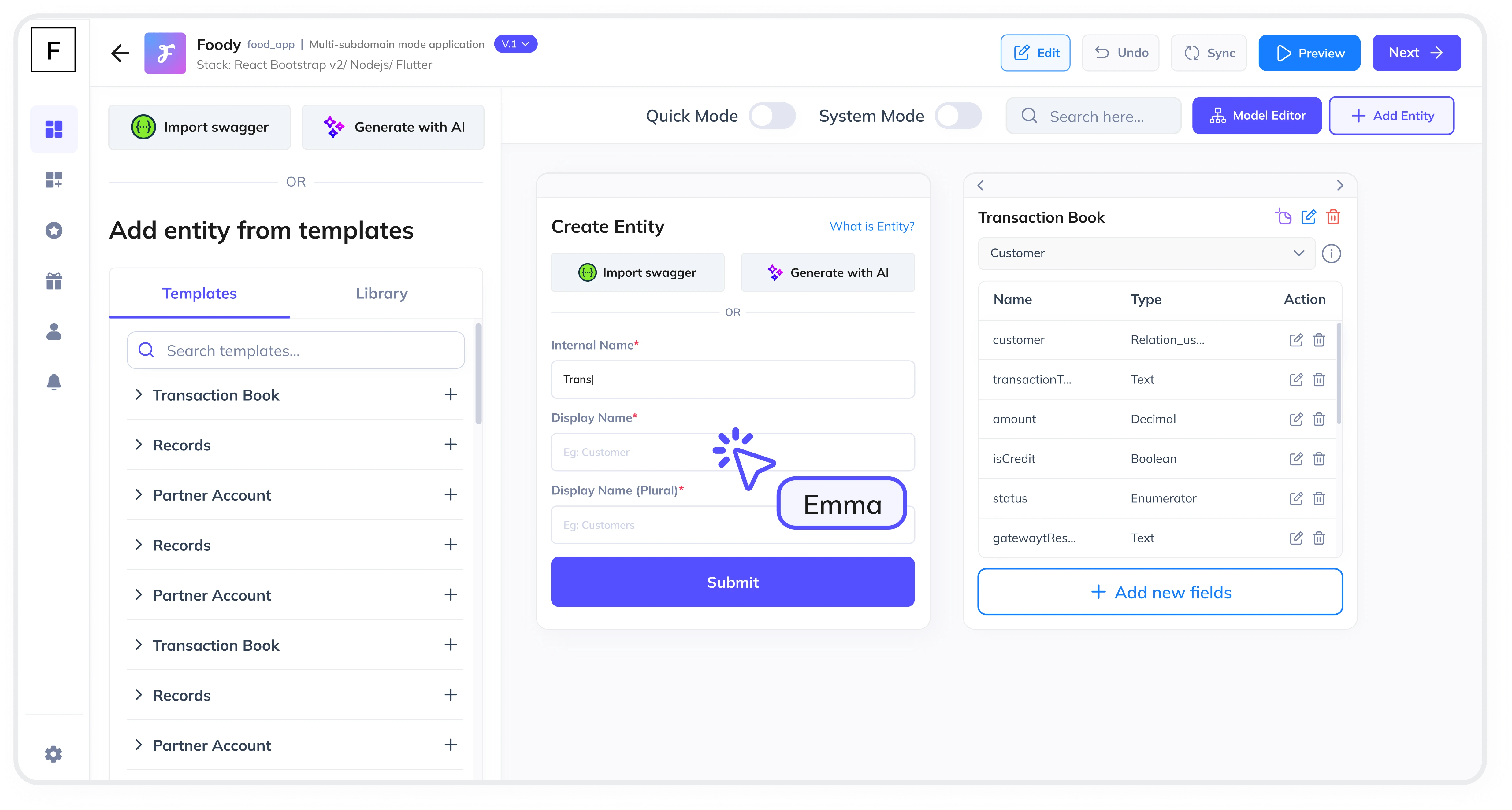Summarize and analyze this article with:
Property listings are a critical component of any real estate portal. They allow users to display available properties in a specific location at a certain price for rent or purchase. In this guide, we’ll walk you through the step-by-step process of creating a property listings module for real estate portals using FAB Builder, a low-code platform that simplifies full-stack application development.
Step 1: Define Your Requirements
Before diving into development, it’s essential to define the requirements for your property listings module. Consider the following:
- What information will each property listing include? (e.g., price, location, size, amenities, images, etc.)
- Will the listings support filters (e.g., price range, property type, location)?
- Do you need role-based access control for managing listings?
- Will the module support bulk data import/export via Excel?
Step 2: Choose Your Tech Stack
- Select your preferred frontend, backend, and database technologies from FAB Builder’s supported tech stacks:
- Frontend: React.js, Angular, Vue.js
- Backend: Node.js, Java, .NET
- Database: MongoDB, PostgreSQL, MySQL
Step 3: Use FAB Builder’s AI-Assisted Entity Creation
With FAB Builder, you can leverage AI-assisted entity creation to define the structure of your property listings. Simply describe your application requirements, and FAB Builder will generate the necessary entities and fields. For example:
- Property Entity: Includes fields like property name, price, location, size, and description.
- Image Entity: Stores property images with configurable file storage options (e.g., AWS S3, Google Cloud Storage).
- User Entity: Manages role-based permissions for listing creation, editing, and deletion.
Step 4: Customize the User Interface
FAB Builder supports multiple front-end frameworks, including React, Angular, and Vue. Choose a framework that aligns with your team’s expertise and customize the UI to match your brand. For example:
- Create a responsive property listing page with filters and search functionality.
- Design a detailed property view page with images, descriptions, and contact forms.
Step 5: Implement Bulk Data Import/Export
FAB Builder automatically generates Excel templates for bulk data import and export. This feature is particularly useful for real estate portals that need to manage large datasets. For example:
- Import property listings from Excel files with predefined templates.
- Export listings for reporting, data analysis, or sharing with stakeholders.
Step 6: Add Role-Based Permissions
Ensure that only authorized users can create, edit, or delete property listings. FAB Builder’s role-based permission system allows you to:
- Define roles like Admin, Agent, and Viewer.
- Set permissions for each role (e.g., Admins can manage all listings, Agents can only manage their own listings).
Step 7: Integrate Payment Gateways
If your real estate portal offers premium listings or subscription-based services, integrate payment gateways like Stripe, RazorPay, or PayPal. FAB Builder supports seamless integration with these platforms, enabling you to:
- Charge users for premium listings or subscriptions.
- Manage payments securely with multi-layer security.
Step 8: Deploy to the Cloud
Once your property listings module is ready, deploy it to the cloud with a single click. FAB Builder supports managed hosting services for AWS, GCP, and Azure, ensuring your application is production-ready and scalable.
Bonus: Build a SaaS Application with Multi-Tenant Configurations
With FAB Builder, you can create a real estate portal as a SaaS application using multi-tenant configurations. This allows you to sell subscriptions to B2B customers, such as real estate agencies or property managers. Each tenant can have their own customized portal while sharing the same underlying infrastructure.

Conclusion
Creating a property listings module for real estate portals doesn’t have to be complicated. With FAB Builder’s low-code platform, you can streamline the development process, from AI-assisted entity creation to one-click cloud deployment. Whether you’re building an MVP or a production-ready application, FAB Builder provides the tools and flexibility you need to succeed.
Ready to get started?
Visit FAB Builder today and explore how you can create scalable, customizable, and production-ready applications with ease.






